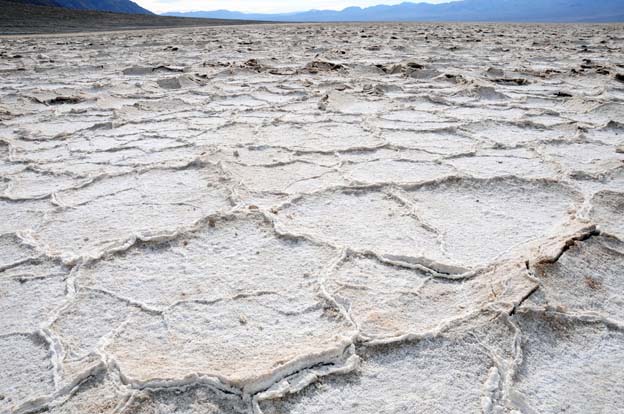
The project
This project was started relatively recently by Atle Rotevatn and myself. There is currently a focus on the Egersund Basin (North Sea) and the Paradox Basin (Utah). PhD student Anette Tvedt is now deep into seismic interpretation of salt structures, combined with field studies. We are interested in the role that salt plays during tectonics, how it influences the structural style of a deformed region and how it sometimes even triggers deformation. Seismic data are a key when dealing with salt tectonics. In addition, and as always, field work is an integral part of the work that we do on salt tectonics. 
Salt structures of the Paradox Basin, SE Utah, where we are studying aspects of salt collapse.
Salt forming detachments
With a salt layer (thick or thin) the overburden easily slides under the sole influence of gravity. The salt itself behaves as a flowing viscous fluid, while the overburden deforms brittley by faulting and fracturing. There are abundant and impressive examples of this type of deformation at passive continental margins, notably the West African margin and the east South-American margin. A smaller-scale example is found in the Grabens area of the Needles District, Canyonlands National Park, Utah – a place that we visit every year. Recently studied by PhD student Vaneeda Allken.
 The Grabens area of Canyonlands, SE Utah, where a slightly tilted buried salt layer involves flow of salt and fauting of the upper plate into a system of grabens.
The Grabens area of Canyonlands, SE Utah, where a slightly tilted buried salt layer involves flow of salt and fauting of the upper plate into a system of grabens.
Egersund Basin

Salt pillows and diapirs in the southern North Sea. Image courtesy of Anette Tvedt.
The Egersund basin is one of the study areas chosen for this project. Seismic data are provided by Statoil and Chris Jackson. The relation between subsalt faulting, salt movements and suprasalt deposition and faulting are studied by PhD student Anette Tvedt. Fault propagation and fault linkage are also processes that are being studied in this project.
Who is involved?
Atle Rotevatn, Univ. of Bergen (principal investigator)
Haakon Fossen, Univ. of Bergen
Chris Jackson, Imperial College
Rob Gawthorpe, Univ. of Bergen
Anette Broch Mathisen Tvedt (PhD student)
Mari Berg (MS student)
Simple animation of the effect of the uneven loading of a salt layer.
Why salt?
• Because it has very special rheologic properties, particularly that it folws at or close to the surface.
• It produces a very wide range of structures.
• It generates an intimate relationship between tectonics and deposition.
• Salt and salt tectonics are always full of surprises.

Learn the basics of salt tectonics
by going through this e-module.
